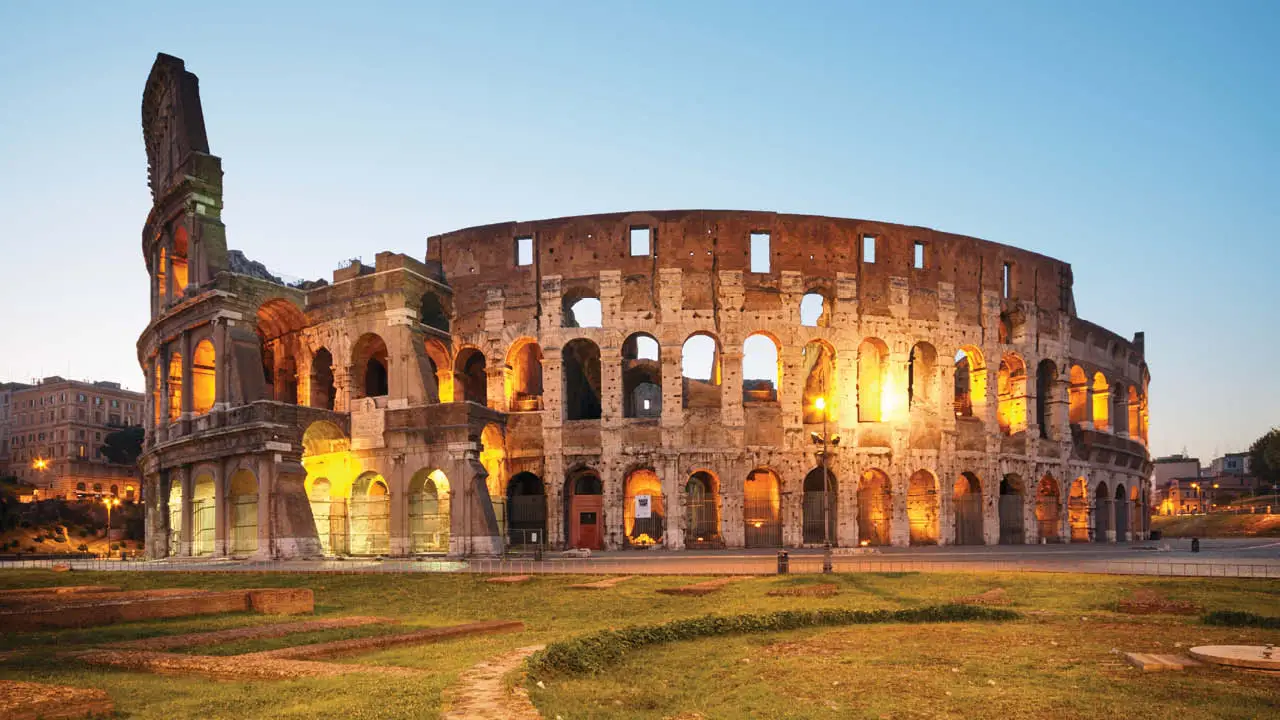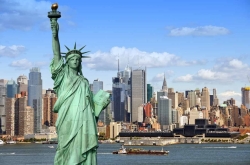Home / Blog / Travel & Geography
List of European Countries and their Capitals

Europe – often hailed as the cradle of Western civilization and the birthplace of the Renaissance – is a continent where ancient empires, modern innovation, and cultural elegance converge. From the frosty Arctic landscapes of Scandinavia to the sun-drenched coasts of the Mediterranean, Europe is a rich mosaic of nations — each with its own story, architecture, language, and legacy.
Though second-smallest by landmass (covering approximately 10.18 million square kilometers), Europe punches far above its weight in terms of global influence. It is home to 50+ sovereign nations, ranging from the vast and historic Russia to the charming microstate of San Marino. Its capital cities are more than political centers — they’re vibrant reflections of national character, history, and soul. Whether it’s the imperial grandeur of Vienna, the romantic allure of Paris, or the old-world charm of Prague, every capital is a window into the unique identity of its country.
Geographically, Europe is part of the greater Eurasian landmass and shares an overland border with Asia. While bordered by the Arctic Ocean to the north, the Atlantic Ocean to the west, the Mediterranean Sea to the south, and the Black Sea to the southeast, the dividing line between Europe and Asia has long been debated. Today, most scholars and geographers define it using natural boundaries like the Ural Mountains, the Caspian Sea, and the Caucasus Mountains.
The continent comprises 50 recognized independent states, several of which — including Russia, Kazakhstan, Azerbaijan, Georgia, and Turkey — are transcontinental, straddling both Europe and Asia. Meanwhile, countries like Armenia and Cyprus, although geographically located in Asia, are often considered politically and culturally European.
Europe's largest country by area is Russia, accounting for a significant 37% of the continent’s total land area, while the smallest is Vatican City, an independent enclave within Rome covering just 0.49 square kilometers.
On the global stage, Europe is also a travel powerhouse. France — with its iconic capital Paris — ranks as the most visited country in the world, followed closely by Spain, Italy, the United Kingdom, and Germany. These countries captivate millions each year with their rich histories, architectural marvels, and cultural treasures.
Whether you're a geography enthusiast, a student, a quiz lover, or a traveler planning your next big adventure, this ultimate list of European countries and their capitals, categorized by region, is the perfect place to begin your journey across one of the most fascinating continents on Earth.
European Countries and Their Capitals (Grouped by Region)
1. Northern Europe Countries & Capitals
- Denmark – Copenhagen
- Estonia – Tallinn
- Finland – Helsinki
- Iceland – Reykjavik
- Ireland – Dublin
- Latvia – Riga
- Lithuania – Vilnius
- Norway – Oslo
- Sweden – Stockholm
- United Kingdom – London
2. Western Europe Countries & Capitals
- Austria – Vienna
- Belgium – Brussels
- France – Paris
- Germany – Berlin
- Liechtenstein – Vaduz
- Luxembourg – Luxembourg
- Monaco – Monaco
- Netherlands – Amsterdam
- Switzerland – Bern
3. Southern Europe Countries & Capitals
- Albania – Tirana
- Andorra – Andorra la Vella
- Bosnia and Herzegovina – Sarajevo
- Croatia – Zagreb
- Greece – Athens
- Italy – Rome
- Malta – Valletta
- Montenegro – Podgorica
- North Macedonia – Skopje
- Portugal – Lisbon
- San Marino – San Marino
- Serbia – Belgrade
- Slovenia – Ljubljana
- Spain – Madrid
- Vatican City – Vatican City
4. Eastern Europe Countries & Capitals
- Belarus – Minsk
- Bulgaria – Sofia
- Czech Republic (Czechia) – Prague
- Hungary – Budapest
- Moldova – Chișinău
- Poland – Warsaw
- Romania – Bucharest
- Russia – Moscow
- Slovakia – Bratislava
- Ukraine – Kyiv
5. Southeastern Europe (Balkans) Countries & Capitals
(Some overlap with Southern/Eastern Europe)
- Kosovo – Pristina
- Serbia – Belgrade (also listed in Southern Europe)
- North Macedonia – Skopje (also listed in Southern Europe)
- Montenegro – Podgorica (also listed in Southern Europe)
- Bosnia and Herzegovina – Sarajevo (also listed in Southern Europe)
- Croatia – Zagreb (also listed in Southern Europe)
Note: Some countries appear in multiple regional classifications depending on geographic or political perspectives.
FAQs – European Countries and Capitals
1. How many countries are there in Europe?
There are 50 internationally recognized sovereign countries in Europe.
2. What is the smallest country in Europe?
Vatican City, with an area of just 0.49 square kilometers.
3. What is the largest country in Europe by land area?
Russia, although much of its land lies in Asia, Moscow is its capital in the European portion.
4. Which country has two capitals?
The Netherlands has Amsterdam as the constitutional capital and The Hague as the seat of government.
5. Which is the most populous European capital?
Moscow, Russia, is the most populous capital city in Europe.
6. Is the United Kingdom part of the European Union?
No, the UK left the EU in 2020, a move known as Brexit.
7. Which capitals are popular for tourism?
Paris, Rome, London, Prague, and Amsterdam are top European tourist destinations.
8. Which European capital is the highest above sea level?
Andorra la Vella, at over 1,000 meters above sea level.
9. Which countries are landlocked?
Examples include Switzerland, Austria, Hungary, Czechia, and Luxembourg.
10. Is Turkey in Europe?
Partially – Turkey is a transcontinental country, with a small portion (East Thrace) in Europe and most in Asia. Its capital, Ankara, is located in the Asian part.
11. Are all European countries part of the EU?
No. Countries like Norway, Switzerland, Iceland, and Serbia are not EU members.
Europe is a continent where ancient ruins stand beside modern marvels, where cultures intersect and languages thrive, and where each capital city serves as a gateway to a nation's unique story. Understanding the countries and their capitals in Europe is the first step in appreciating Europe's global impact — from politics and economics to art, science, and philosophy.
Whether you're planning a multi-city European adventure, brushing up on your geography, or expanding your global literacy, this list of European countries and capitals provides a solid foundation. Bookmark it, share it, and explore further — because Europe is a continent that never ceases to inspire.





